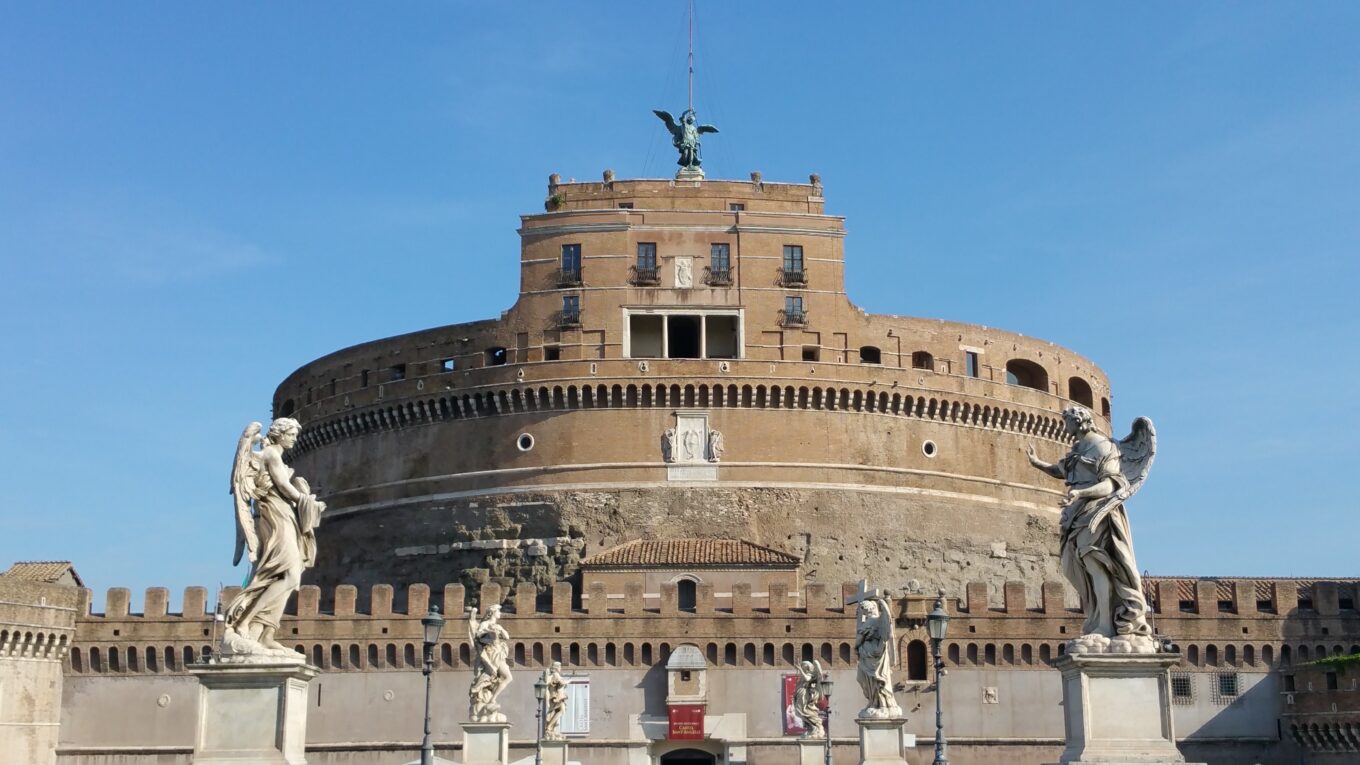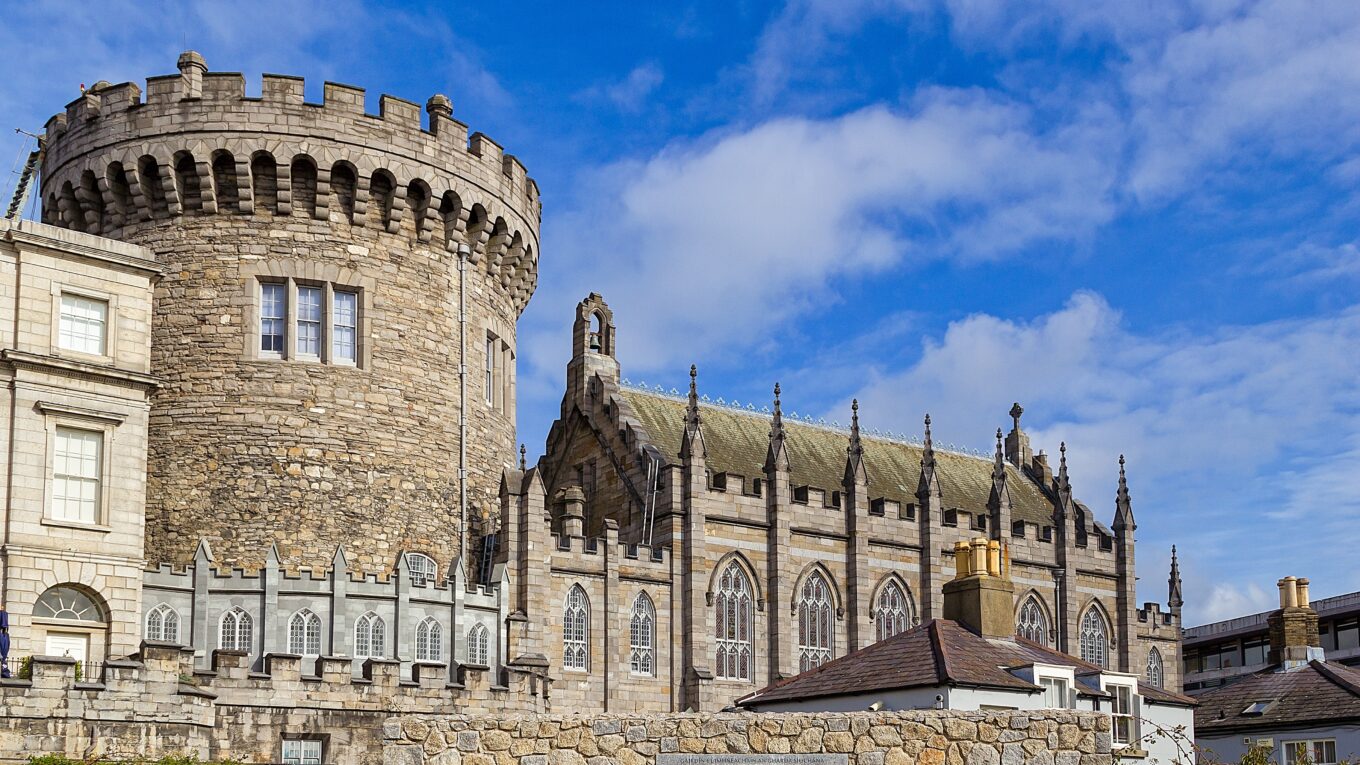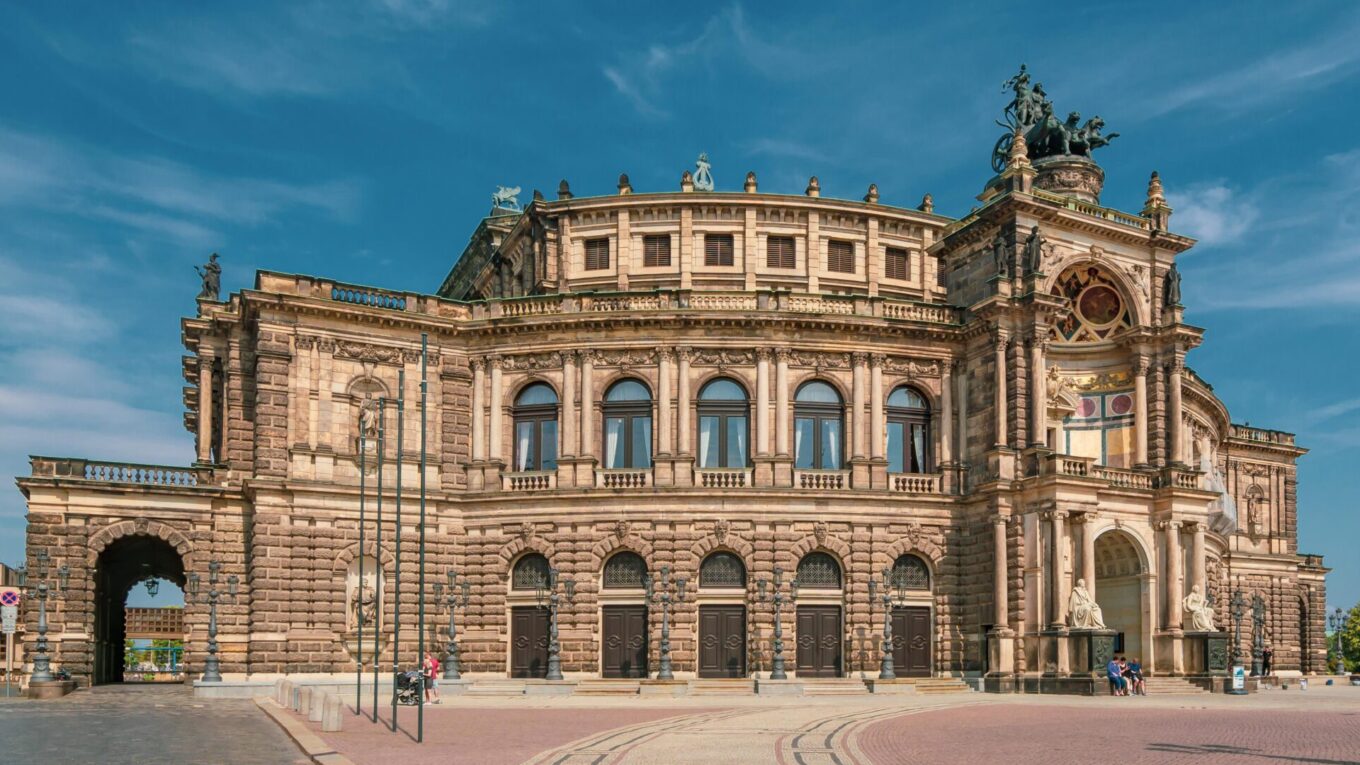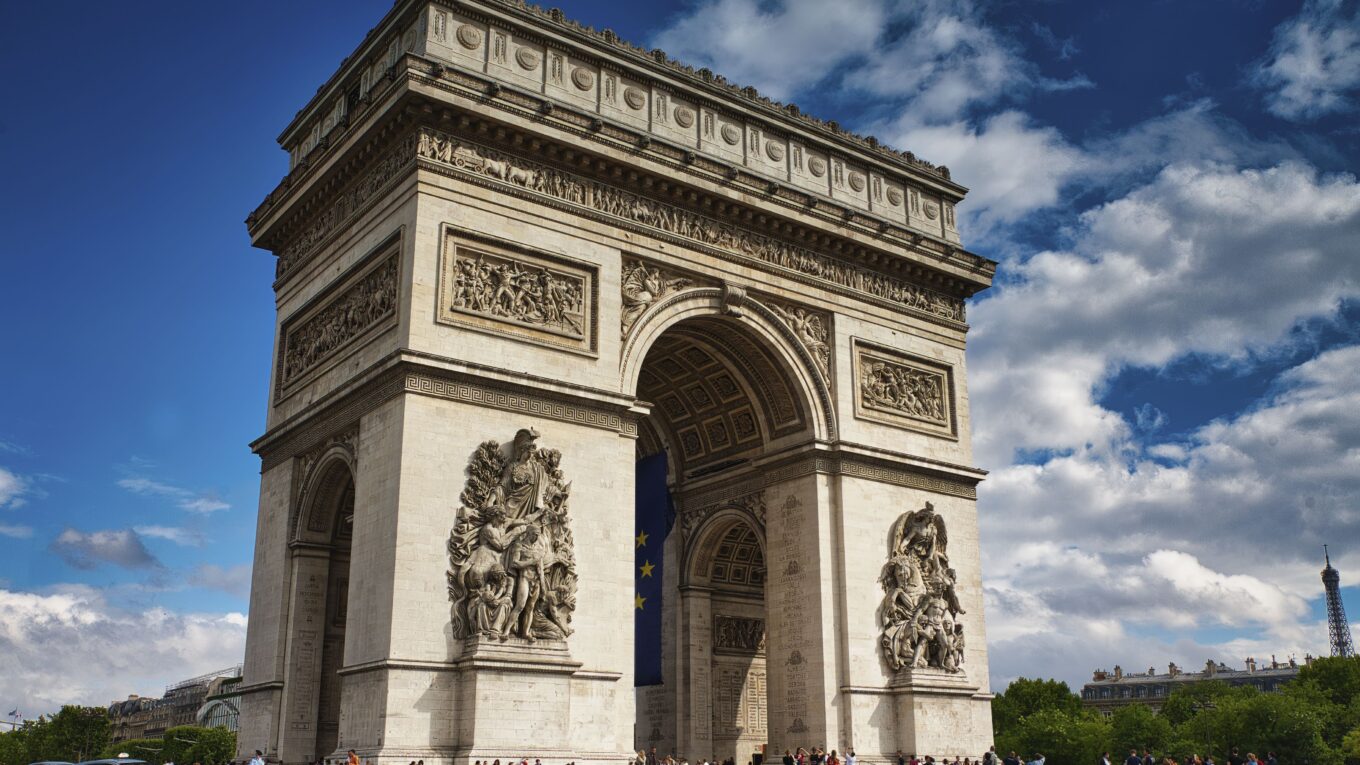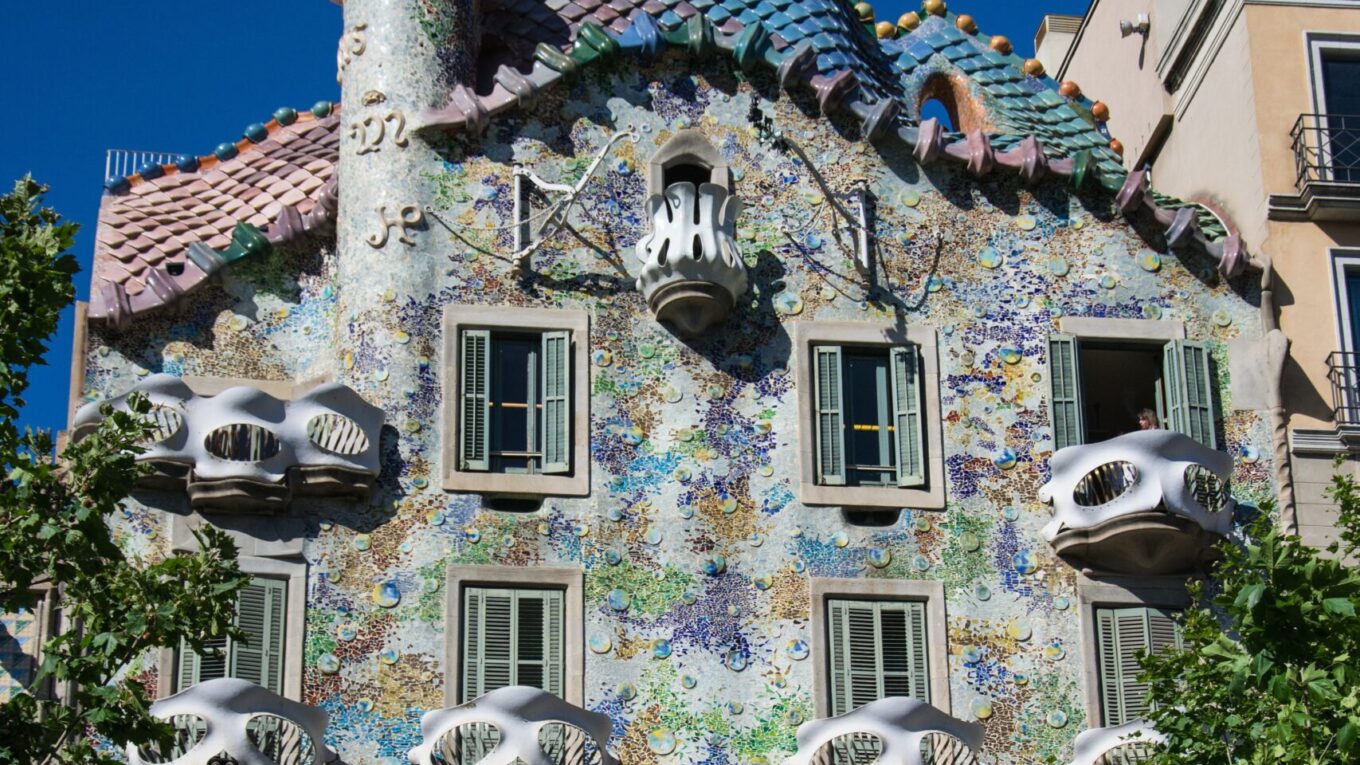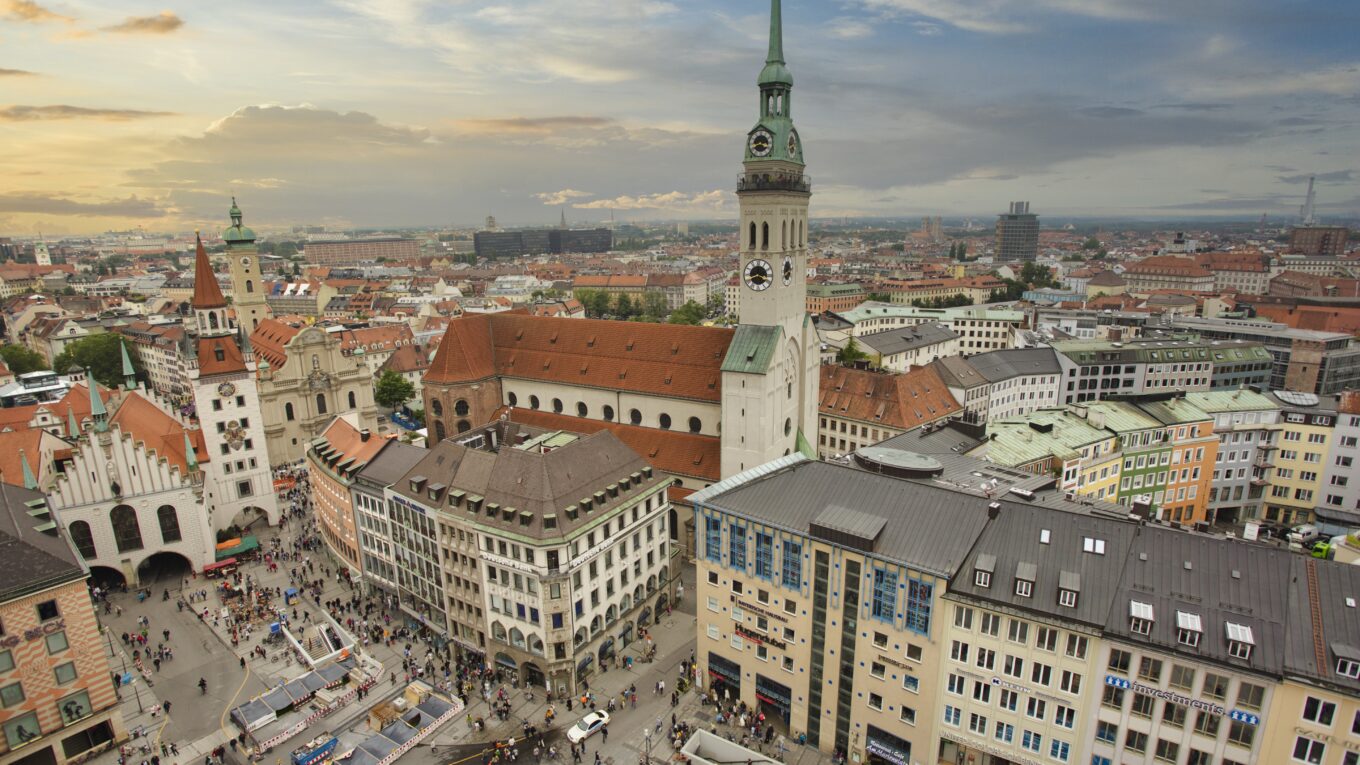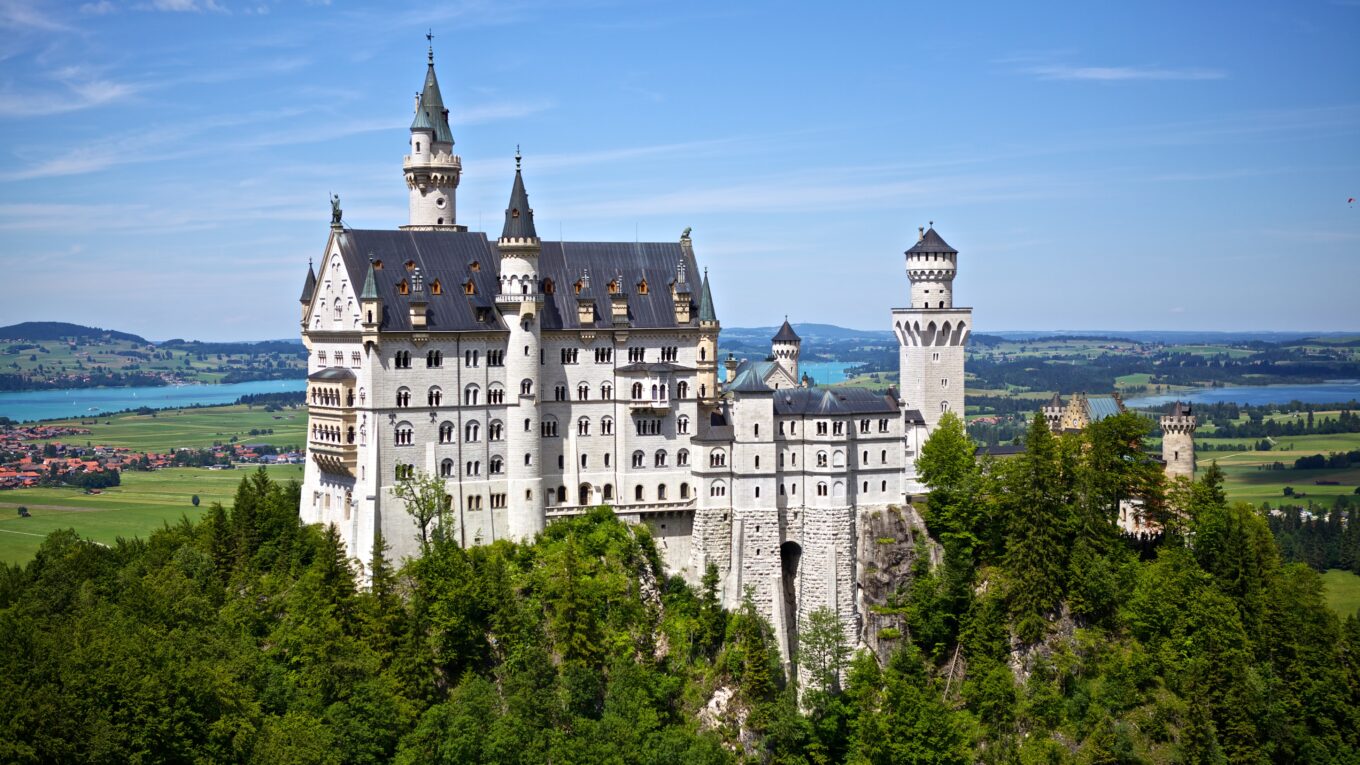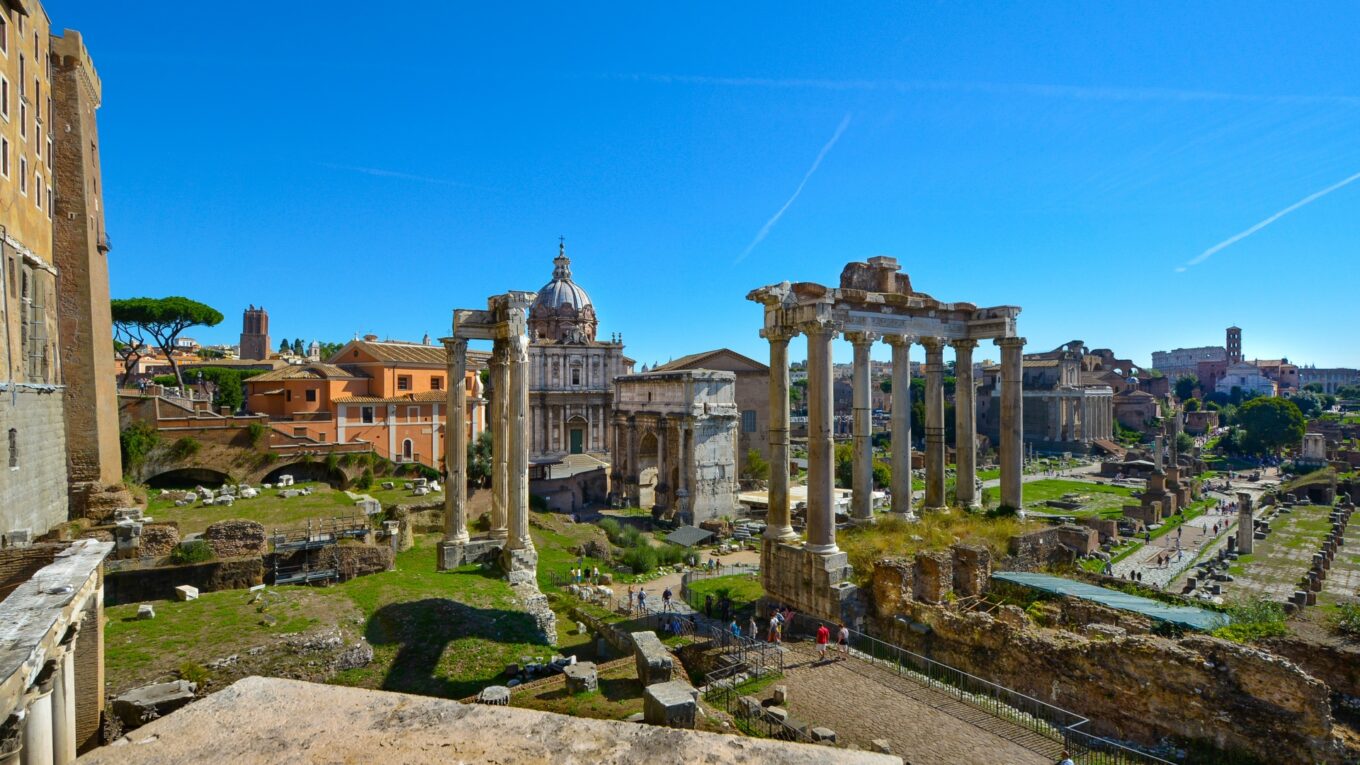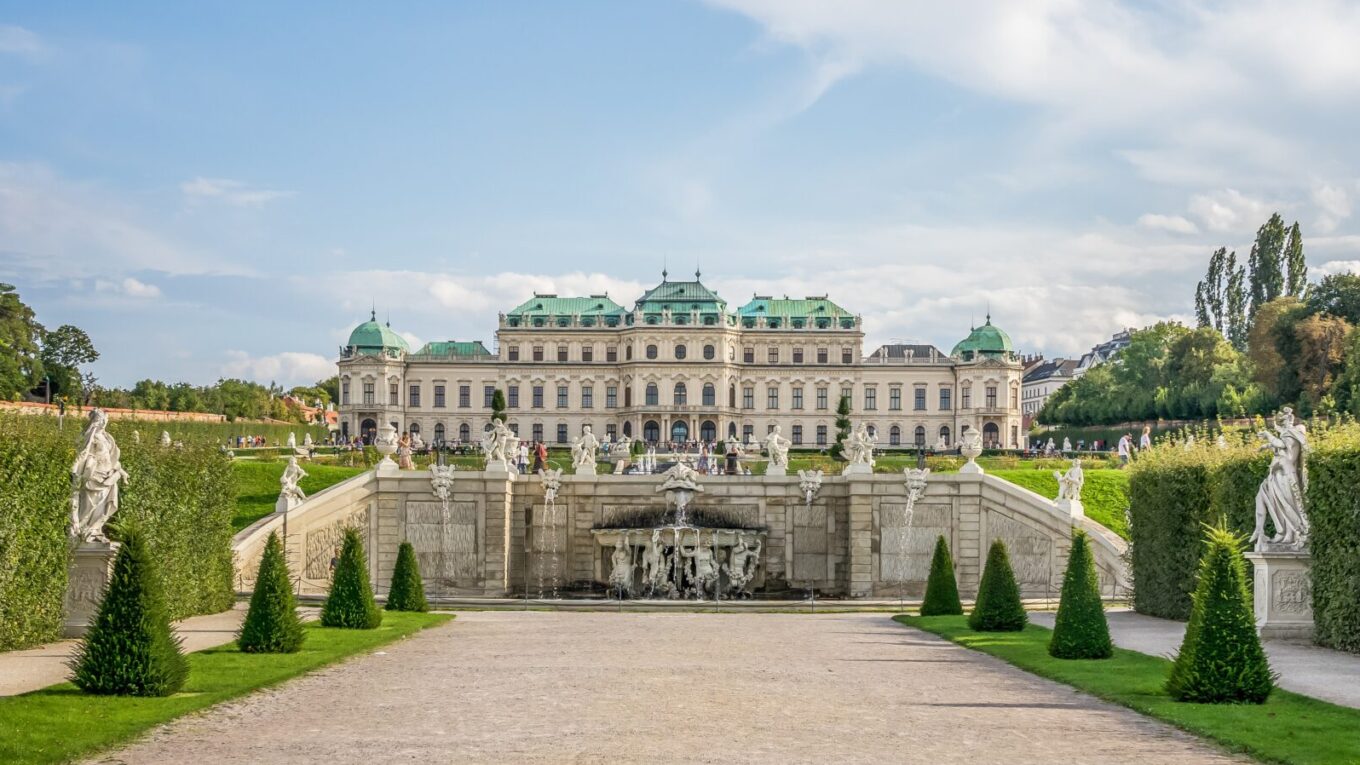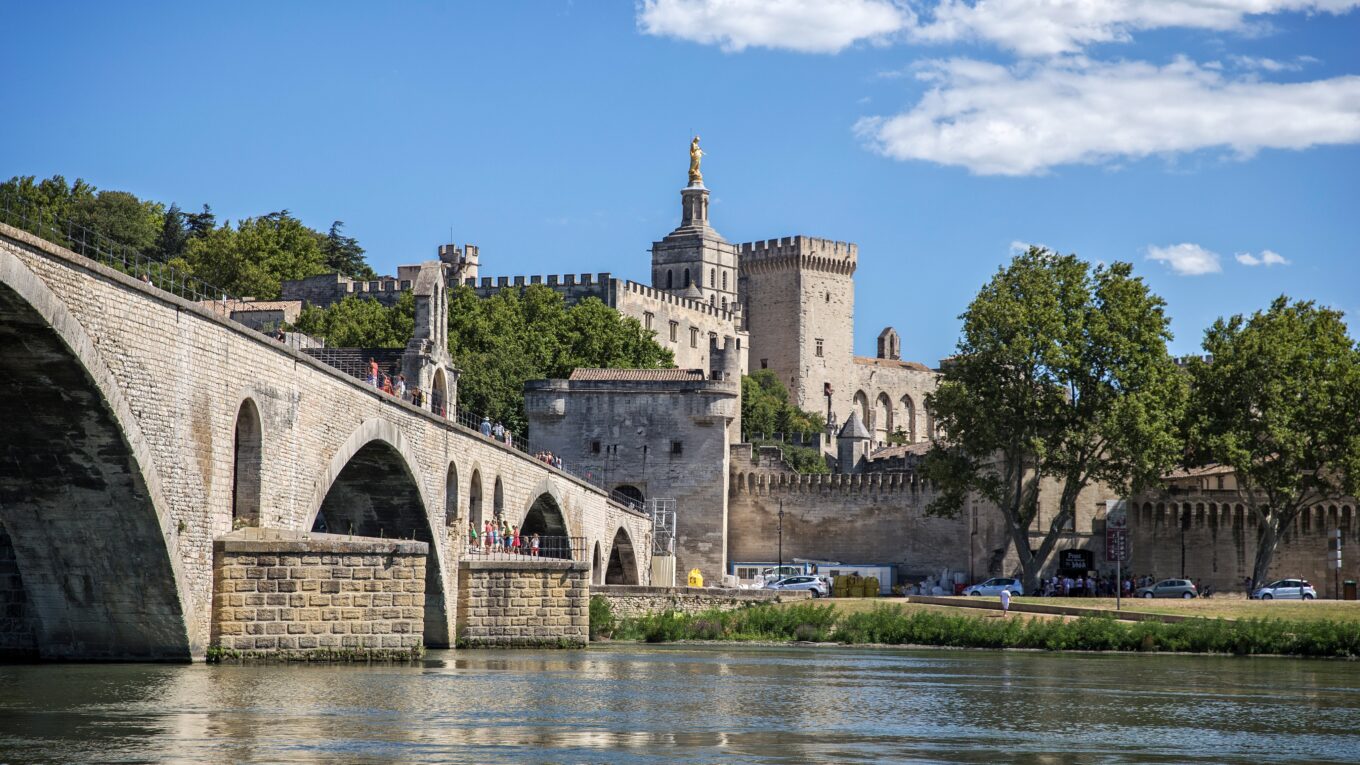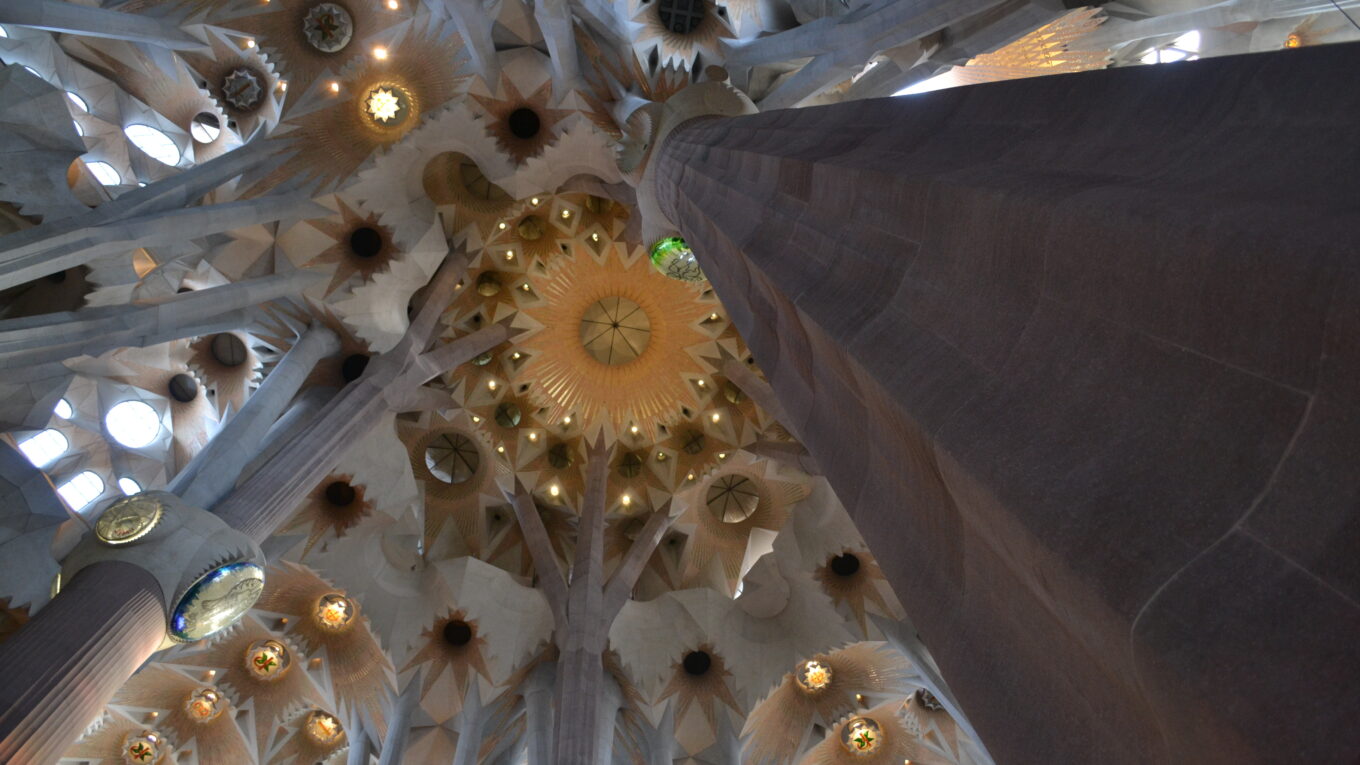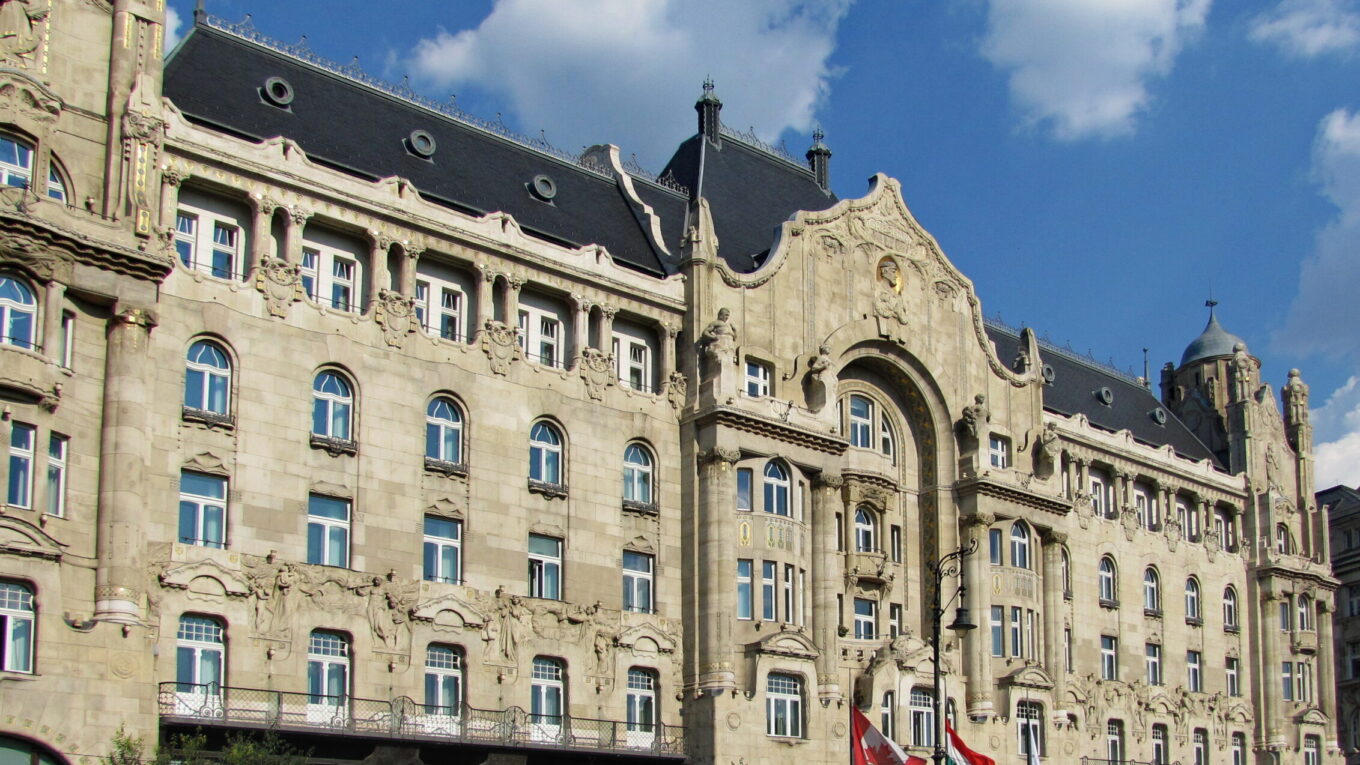Top 10 Ancient Roman Mausoleums
The Ancient Romans glorified death and the afterlife, and many of the empire’s wealthiest citizens constructed elaborate tombs to house their remains. These mausoleums were typically round, cylindrical buildings, with a central space capped by a dome. Dozens of Roman Mausoleums exist throughout the former lands of the empire, and many of these ancient structures were later reused as churches and fortifications. The Roman Mausoleum created a lasting legacy, and it influenced many subsequent building forms, such as round churches and baptistries.
Read More